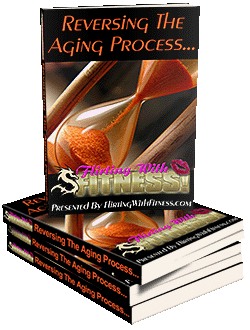Dealing with the Cold and Flu is an annoying process that nobody wants to deal with. They can really put a damper on your day to day routines as they force you to lock yourself away so that you can recover. It is simply a miserable experience with a lot of sneezing, coughing, and in the case of the flu more severe symptoms like an upset stomach and joint pain.
So when you catch one of these illnesses you obviously want to recover as fast as possible so you can get back on with your life. Both the cold and the flu are caused by viruses that get into your body, usually through the nose or mouth, and start stirring up trouble. Both illnesses share many of the same symptoms such as coughing, sneezing, sore throat, and congestion.
However they are not the same by a long shot. The flu takes things one step further by adding additional symptoms such as a high fever, chills, joint pain, an upset stomach and more. And if it does not go away or get treated it could lead to more serious problems such as pneumonia.
Your body is well equipped to fight off the viruses that cause both the cold and flu, but you still have to do your part and allow your immune system to fight to it's full capabilities. Eating the right kinds of foods such as fruits and vegetables allows your bodies immune system to remain strong and able to fight back. You also need to get plenty of rest so that your immune system has the energy needed to fight a war against the virus.
While your body is capable of fighting off the cold or the flu, sometimes the steps you take just are not enough, or maybe they simply do not act fast enough. In situations like those you need to look towards modern medicine for help.
When it comes to the common cold, there really are not a whole lot of options for medical treatments. There really are not any medicines designed to cure the cold or anything like that. The best you can really do is use decongestants and anti-histamines to fight off the symptoms while your body takes care of the cold itself.
Now, for the flu you have more options as the flu is often treated with anti-viral drugs that will help your body kill off the virus that is causing all the problems. You can often gets these drugs from your doctor. If you are not a big fan of using drugs, then you can go a similar route to the cold and just get something for the symptoms and allow your body to kill off the virus itself.
With the Cold and Flu there are a lot of things you can do to aid in your bodies recovery, but in the end it is mostly what your body is capable of doing. So even with all the advances in modern medical science, you should still rely on the tried and true method of just drinking plenty of water and getting plenty of rest.






